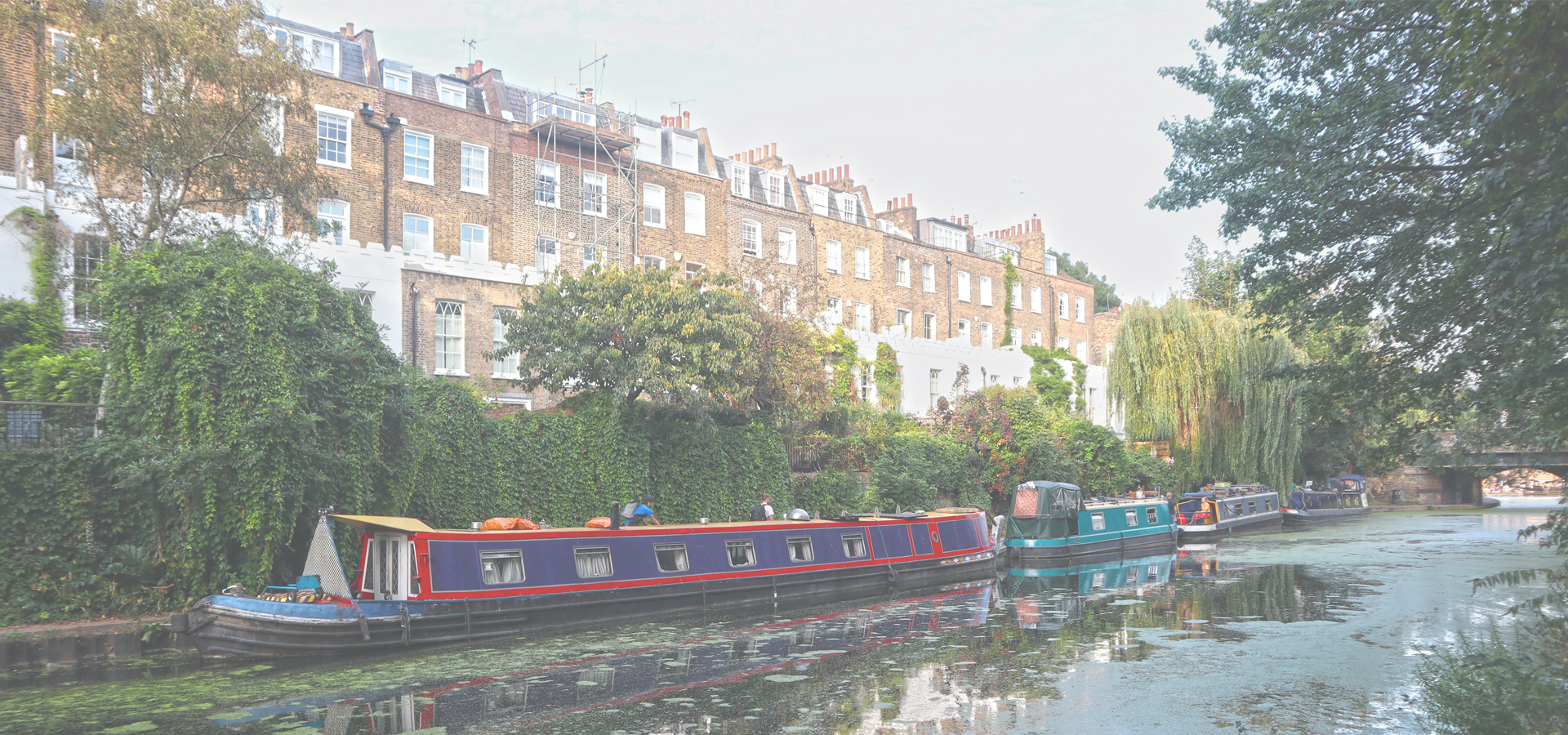🏴 Architect Richard Smith Lander is associated with St Luke's. He was active as an architect in London from the 1850s.
St Luke's, Islington, England, United Kingdom
🏴 St Luke's is an area in central London in the Borough of Islington. It lies just north of the border with the City of London near the Barbican Estate, and the Clerkenwell and Shoreditch areas. The area takes its name from the now redundant parish church of St Luke's, on Old Street west of Old Street station. Following the closure of the church, the parish was reabsorbed into that of St Giles-without-Cripplegate, from which it had separated in 1733.
Geography The area of the former parish extends north from the City of London boundary to City Road, with a small part, around City Road Basin lying north of City Road. Goswell Road forms the western boundary with Clerkenwell, while the areas northern and eastern boundaries with the Shoreditch area of the London Borough of Hackney area have been adopted by the London Borough of Islington. St Luke's is inside the London Congestion Charging Zone, the Ultra Low Emission Zone, and is located in Zone 1. The nearest tube and railway stations are Barbican, Farringdon and Old Street.
History The civil and ecclesiastical parish of St Luke's was created on the construction of the church in 1733, from the part of the existing parish of St Giles Cripplegate outside the City of London. The area covered by the parish is the same as that previously occupied by the landholding known as the Manor of Finsbury.
Being outside the City boundaries, the parish had a large non-conformist population. John Wesley's house and Wesley's Chapel are in City Road, as is Bunhill Fields burial ground.
In 1751, St Luke's Hospital for Lunatics, an asylum, was founded. It was rebuilt in 1782–1784 by George Dance the Younger. In 1917, the site was sold to the Bank of England for St Luke's Printing Works, which printed banknotes. The building was damaged by the Blitz of 1940, and the printing works were relocated in 1958 to Debden, Essex.
The Grade II listed Ironmonger Row Baths were built as a public wash house in 1931. Turkish baths were added in 1938.
The civil parish became officially known as "St Luke's Middlesex". The parish was historically in the county of Middlesex, and was included in the area of the Metropolitan Board of Works in 1855. Under the Metropolis Management Act 1855 any parish that exceeded 2,000 ratepayers was to be divided into wards; as such the incorporated vestry of St Luke was divided into five wards (electing vestrymen): No. 1 (12), No. 2 (6), No. 3 (9), No. 4 (12) and No. 5 (9).
From 1889 it was part of the County of London. The vestry administered local government in the area until the civil parish became part of the Metropolitan Borough of Finsbury in 1899. In 1965, that borough was amalgamated with the Metropolitan Borough of Islington to form the London Borough of Islington.
The eponymous parish church closed in 1959 after its structure was found to be unsafe, and the parish reunited with St Giles-without-Cripplegate. The church building has been restored and is now home to a concert hall and rehearsal space used by the London Symphony Orchestra.
Europe/London/Greater_London/Islington

The Islington District has a population of over 242,467 people. It is also a part of the larger Greater London area.